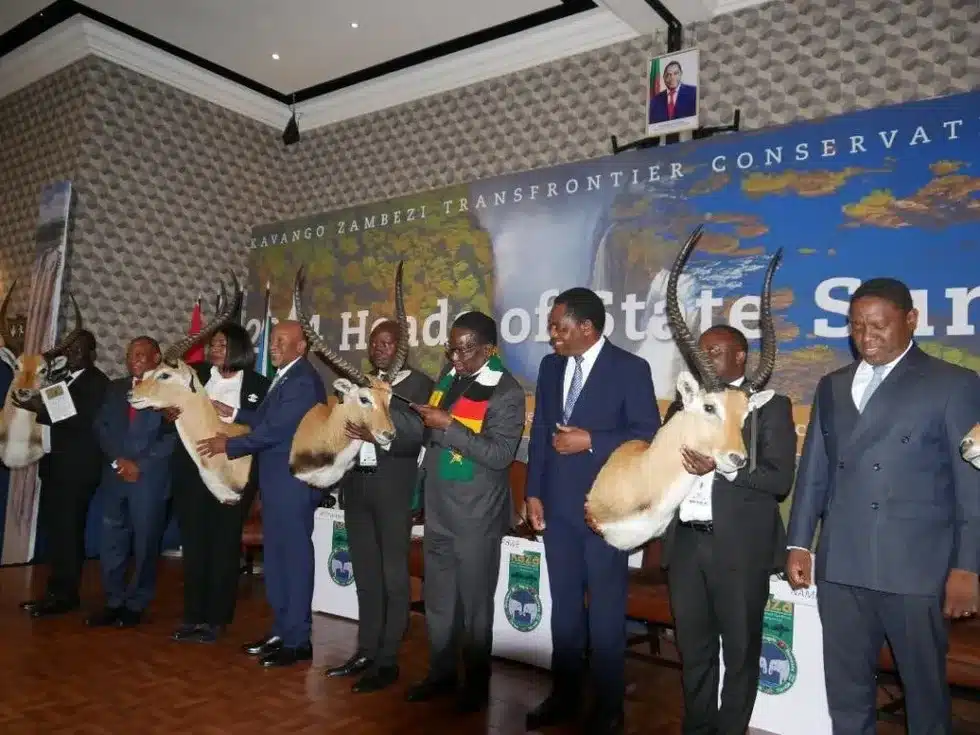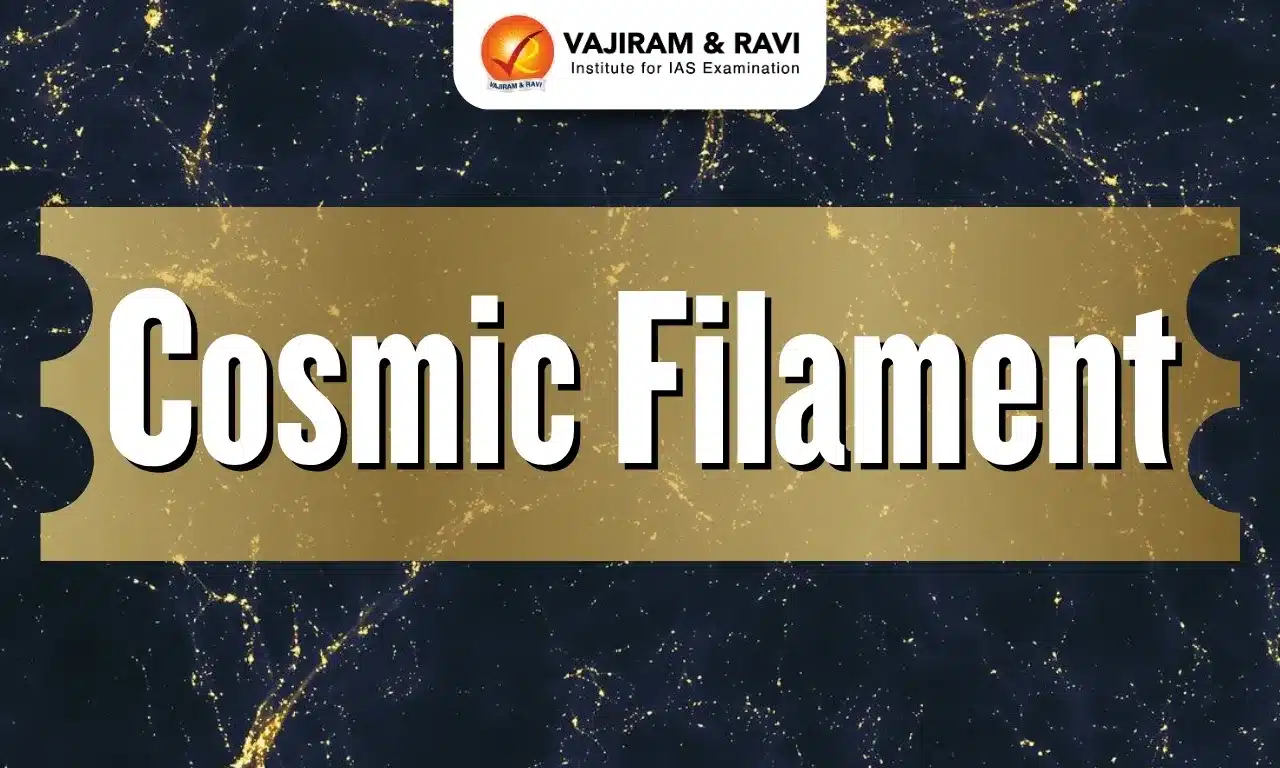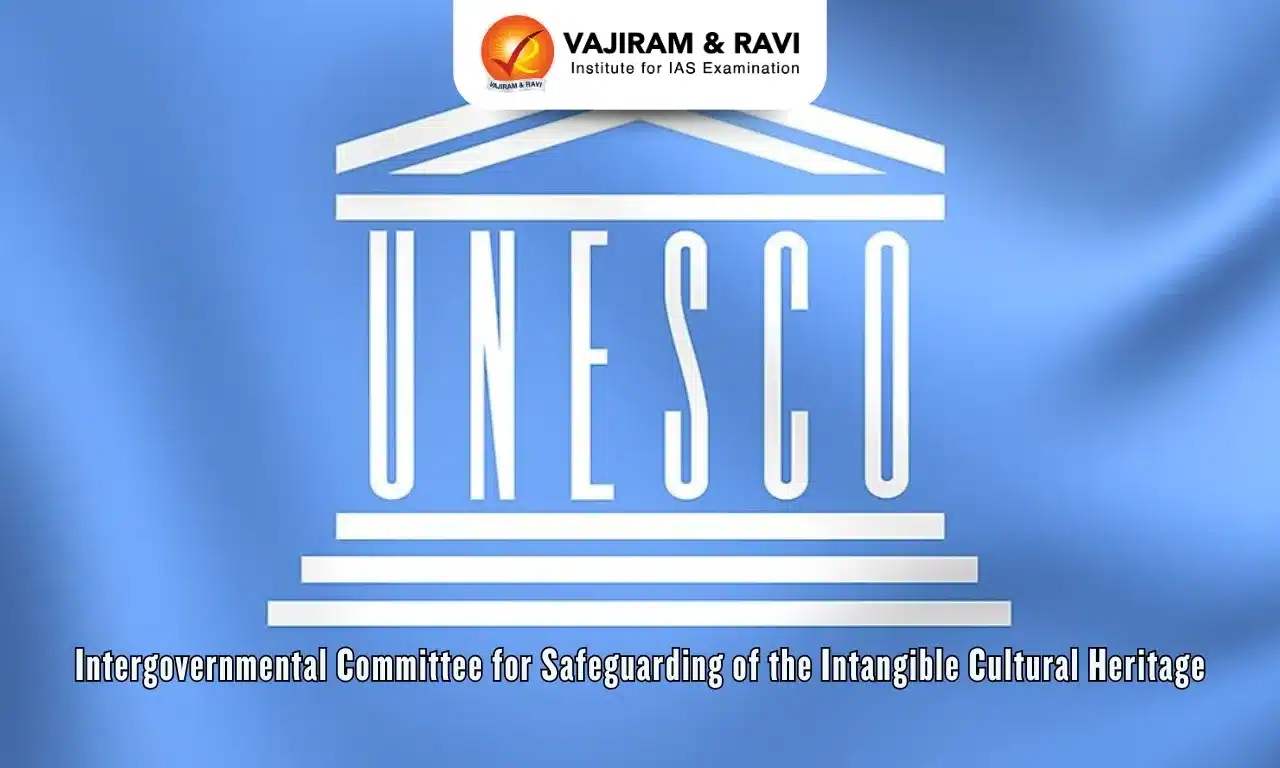About CITES
- Convention on International Trade in Endangered Species of Wild Fauna and Flora (CITES) is an international agreement between 184 governments to ensure that international trade in wild animals and plants does not threaten the survival of the species.
- The convention entered into force in 1975. India has been a CITES Party since 1976.
- All import, export and re-export of species covered under CITES must be authorized through a permit system.
Appendix of CITES:
- Appendix I: Prohibits commercial trade of critically endangered species.
- Appendix II: Regulates trade to prevent over-exploitation.
- Appendix III: Protects species under national laws.
- Every two years, the Conference of the Parties (CoP), the supreme decision-making body of CITES, applies a set of biological and trade criteria to evaluate proposals from parties to decide if a species should be in Appendix I or II.
Ivory Trade:
- The ivory trade is the commercial trade in elephant ivory tusks and other ivory products.
- At least 20,000 African elephants are illegally killed for their tusks each year.
- The ivory trade threatens elephant survival, harms ecosystems, endangers local communities, and undermines security.
- The ivory trade has traditionally involved smuggling whole or partial elephant tusks from Africa to Asia, where they would be processed and carved into ivory products.
- The demand for ivory has been fueled primarily by a growing middle class in China, where ivory carving is a longstanding tradition.
Reasons Behind Advocating for Trade Ban Lift:
Southern African leaders seek to lift CITES ivory ban for economic gain, citing $1 billion value. KAZA states hold a $1 billion ivory stockpile, with Zimbabwe’s 166-ton stash worth $600 million.
Q1: What is Ivory?
Ivory, a variety of dentin of which the tusk of the elephant is composed and which is prized for its beauty, durability, and suitability for carving. The tusk is the upper incisor and continues to grow throughout the lifetime of male and female African elephants and of the male Indian elephant; the female Indian elephant has no tusks or small ones. The teeth of the hippopotamus, walrus, narwhal, sperm whale, and some types of wild boar and warthog are recognized as ivory but have little commercial value, because of their small size.
Source: KAZA Summit 2024: Leaders decide to fight ivory trade ban at CITES CoP20
Last updated on November, 2025
→ Check out the latest UPSC Syllabus 2026 here.
→ Join Vajiram & Ravi’s Interview Guidance Programme for expert help to crack your final UPSC stage.
→ UPSC Mains Result 2025 is now out.
→ UPSC Notification 2026 is scheduled to be released on January 14, 2026.
→ UPSC Calendar 2026 is released on 15th May, 2025.
→ The UPSC Vacancy 2025 were released 1129, out of which 979 were for UPSC CSE and remaining 150 are for UPSC IFoS.
→ UPSC Prelims 2026 will be conducted on 24th May, 2026 & UPSC Mains 2026 will be conducted on 21st August 2026.
→ The UPSC Selection Process is of 3 stages-Prelims, Mains and Interview.
→ UPSC Result 2024 is released with latest UPSC Marksheet 2024. Check Now!
→ UPSC Prelims Result 2025 is out now for the CSE held on 25 May 2025.
→ UPSC Toppers List 2024 is released now. Shakti Dubey is UPSC AIR 1 2024 Topper.
→ UPSC Prelims Question Paper 2025 and Unofficial Prelims Answer Key 2025 are available now.
→ UPSC Mains Question Paper 2025 is out for Essay, GS 1, 2, 3 & GS 4.
→ UPSC Mains Indian Language Question Paper 2025 is now out.
→ UPSC Mains Optional Question Paper 2025 is now out.
→ Also check Best IAS Coaching in Delhi

















